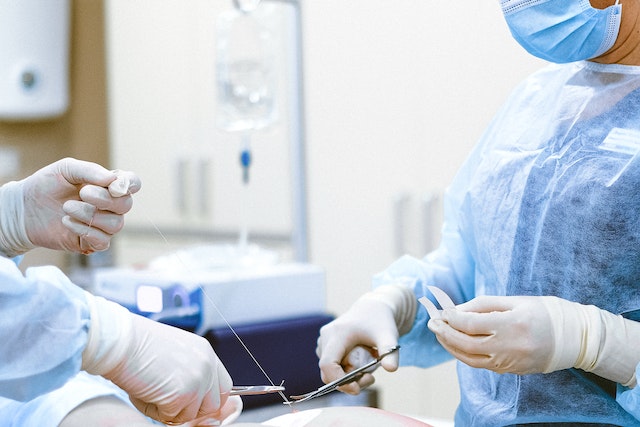Introduction: Patient safety is a top priority in hospitals, and reducing surgical errors is essential to providing high-quality healthcare. Surgical errors can have devastating consequences for patients, leading to complications, prolonged recovery, and even loss of life. Hospitals play a crucial role in preventing such errors and ensuring patient safety. This article explores the responsibilities and strategies hospitals can employ to crack down on surgical errors and create a culture of safety within their surgical departments.
- Establishing a Culture of Safety: a. Leadership Commitment: Hospital administrators and leaders must prioritize patient safety and communicate its importance throughout the organization. Leadership commitment sets the tone for a culture of safety and provides the necessary resources to implement safety initiatives.
b. Open Communication: Encouraging open communication among healthcare professionals fosters a culture where concerns, near-misses, and errors can be reported without fear of retribution. Establishing clear reporting mechanisms, such as incident reporting systems, promotes learning from mistakes and allows for proactive interventions.
c. Teamwork and Collaboration: Promoting effective teamwork and collaboration among surgical teams is vital to preventing errors. Encouraging interprofessional communication, standardized protocols, and regular team training sessions can enhance communication, coordination, and decision-making in the operating room.
- Implementing Safety Protocols and Guidelines: a. Preoperative Safety Checklists: Utilizing preoperative checklists, such as the World Health Organization Surgical Safety Checklist, helps ensure essential steps are followed before surgery. These checklists address critical areas such as patient identification, surgical site marking, and verification of equipment and supplies.
b. Time Out Procedures: Implementing time out procedures before surgical procedures provide an opportunity for the surgical team to verify patient identity, surgical site, and procedure details. This pause allows for final checks and clarifications, reducing the risk of wrong-site surgery.
c. Surgical Site Infection Prevention: Hospitals should establish robust infection prevention protocols, including proper hand hygiene, antibiotic prophylaxis, sterile technique, and appropriate wound care. Adhering to evidence-based guidelines helps minimize the risk of surgical site infections.
- Continuous Quality Improvement: a. Performance Monitoring: Hospitals should implement systems to monitor surgical performance, track outcomes, and identify areas for improvement. Regular analysis of surgical data can help identify trends, potential risks, and areas requiring targeted interventions.
b. Peer Review and Morbidity and Mortality (M&M) Conferences: Conducting peer review and M&M conferences creates opportunities for healthcare professionals to review and discuss surgical cases, identify areas of concern, and develop strategies for improvement. These forums facilitate shared learning, professional accountability, and quality improvement initiatives.
c. Learning from Adverse Events: Hospitals should adopt a no-blame approach to adverse events, focusing on understanding the underlying causes rather than assigning individual blame. Conducting thorough root cause analyses, sharing lessons learned, and implementing corrective actions can prevent future errors.
- Staff Education and Training: a. Continuing Education: Hospitals should provide ongoing education and training opportunities for surgical staff. These programs should cover advancements in surgical techniques, patient safety, risk mitigation, and emerging best practices. Keeping staff updated with the latest evidence and knowledge enhances their skills and improves patient outcomes.
b. Simulation and Skills Training: Utilizing simulation and skills training allows surgical teams to practice complex procedures and emergency scenarios in a controlled environment. These simulations enhance teamwork, decision-making, and crisis management skills, reducing the risk of errors during real surgeries.
c. Fatigue Management: Hospitals should implement policies and practices to manage fatigue among surgical staff. Fatigue can impair judgment and performance, increasing the likelihood of errors. Strategies may include adequate rest periods, reasonable work-hour limits, and support systems for staff well-being.
Conclusion: Hospitals play a critical role in ensuring patient safety and cracking down on surgical errors. By establishing a culture of safety, implementing standardized protocols, fostering continuous quality improvement, and providing staff education and training, hospitals can significantly reduce the occurrence of surgical errors. By prioritizing patient safety and fostering a collaborative and proactive approach, hospitals can improve surgical outcomes and enhance the overall quality of care provided to patient.




